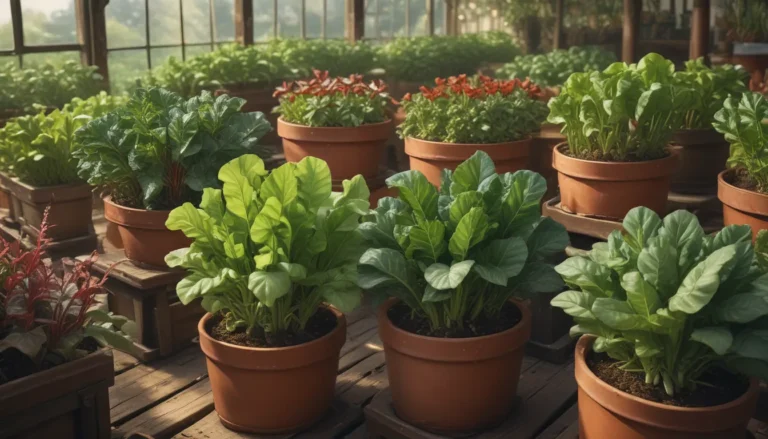A Comprehensive Guide to 15 Asian Persimmon Varieties for Your Garden

So you’re interested in growing persimmons in your garden, but with so many varieties to choose from, how do you know which one is right for you? Persimmons offer a range of flavors, textures, and colors, making them a versatile and exciting addition to any garden.
What Are Asian Persimmons?
When you think of persimmons, what comes to mind? Perhaps you remember the tingly feeling on your tongue from an underripe fruit, or envision wild trees growing in the southeastern United States. Persimmons come in a variety of sizes, shapes, flavors, and textures, ranging from crisp and jicama-like to soft and jiggly.
Astringent vs. Non-Astringent Persimmons
One of the most important distinctions among persimmons is whether they are astringent or non-astringent. Astringent varieties do not become sweet until fully ripe, while non-astringent types are sweet even when still firm. Additionally, persimmons can be classified based on their pollination requirements.
- Pollination-constant: Produce fruits with consistent color and consistency regardless of pollination.
- Pollination-variant: Produce light-colored flesh when not pollinated and brown-colored flesh when pollinated.
Types of Asian Persimmons
There are two main types of persimmons commonly found in the US: Diospyros kaki and D. virginiana. In this guide, we will focus on D. kaki cultivars suitable for home cultivation. Here are 15 of our favorite Asian persimmon varieties to consider for your garden:
- Chocolate
- Eureka
- Fuyu
- Giombo
- Great Wall
- Hachiya
- Izu
- Jiro
- Maekawa Jiro
- Midia
- Saijo
- Sheng
- Suruga
- Tanenashi
- Triumph
Cultivar Highlights
Let’s take a closer look at a few standout cultivars to help you choose the perfect persimmon for your garden:
Chocolate
- Appearance: Medium-sized fruit with bright red skin.
- Flavor: Sweet with nutty spice, seedless.
- Harvest: Late October to mid-November.
- Hardiness: Zones 7 to 11.
Fuyu
- Appearance: Squat fruit with pumpkin orange skin.
- Flavor: Luscious texture, sweet and rich.
- Harvest: Middle of November to middle of December.
- Hardiness: Zones 7 to 10.
Saijo
- Flavor: Intensely sweet and juicy, conical shape.
- Harvest: Mid-September to mid-October.
- Hardiness: Zones 7 to 9.
Triumph
- Notable Feature: Does not need chill hours to bloom.
- Flavor: Extremely juicy, firm skin even when ripe.
- Harvest: September to November.
- Hardiness: Zones 8 to 11.
Growing Tips
When planting persimmons, consider the hardiness zones, pollination requirements, and ripening times to ensure a successful harvest. Persimmon trees are generally self-pollinating and do not require a companion for fruiting, making them an ideal choice for home growers.
Persimmon Perfection
With an increasing variety of Asian persimmons available in the US, growing your own at home has never been easier. Whether you’re a seasoned gardener or a first-time grower, there’s a persimmon cultivar that’s right for you. Share your experiences and recipes with us as you embark on your persimmon-growing journey!
For more information on growing persimmons, check out these helpful guides:
- How to Grow Asian Persimmon Trees
- When and How to Harvest Persimmons
- How to Grow American Persimmons
Persimmons are a unique and flavorful addition to any garden, offering a range of tastes and textures to delight your palate. Happy gardening!
Image Credit: FastGrowingTrees.com and Nature Hills Nursery.
Remember, enjoy your persimmons and make sure to tell us which cultivar you end up choosing and how your harvest turns out. Happy growing!





